Latest News & Updates
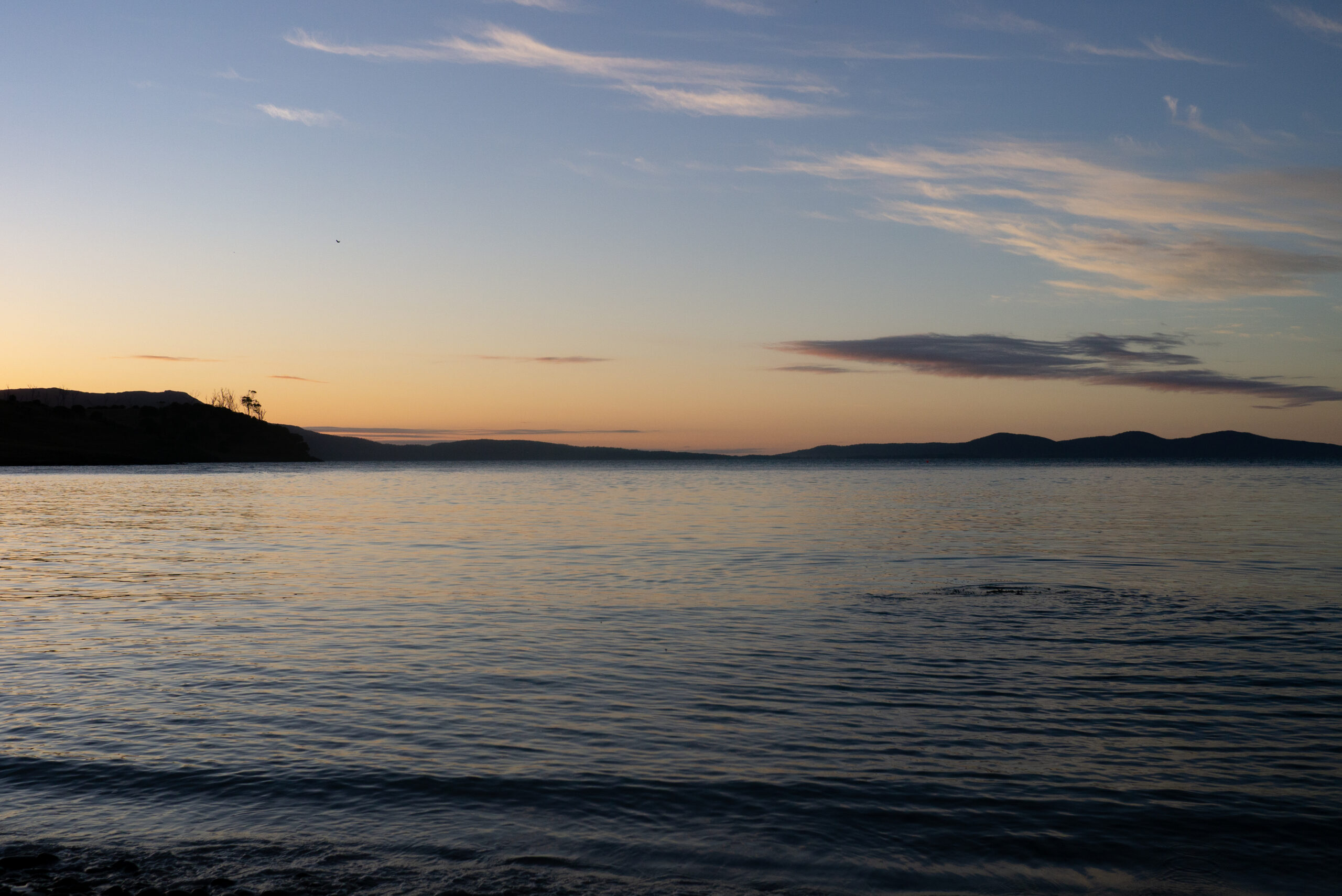
30 June, 2025 4 min Read
Welcoming New Directors to NRM South
Read MoreWe’re proud to announce the appointment of four new Directors to the NRM South Board. This recruitment process was one…
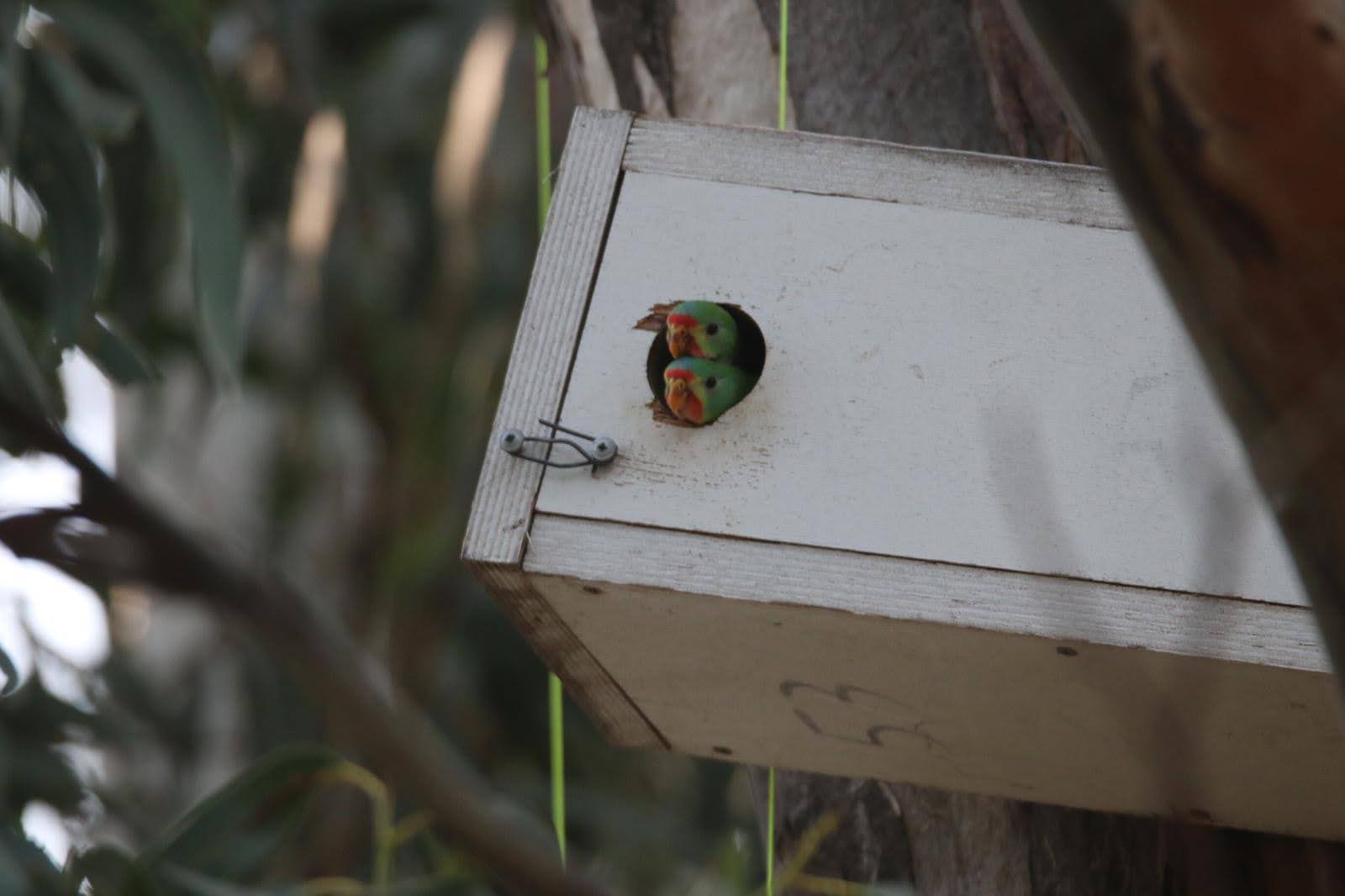
Image credit: David Hamilton
26 June, 2025 3 min Read
Swift Parrot nest boxes – not a one size fits all solution
Read MoreNest boxes can be a useful tool in threatened bird conservation. By providing additional roosting and breeding sites, nest boxes…
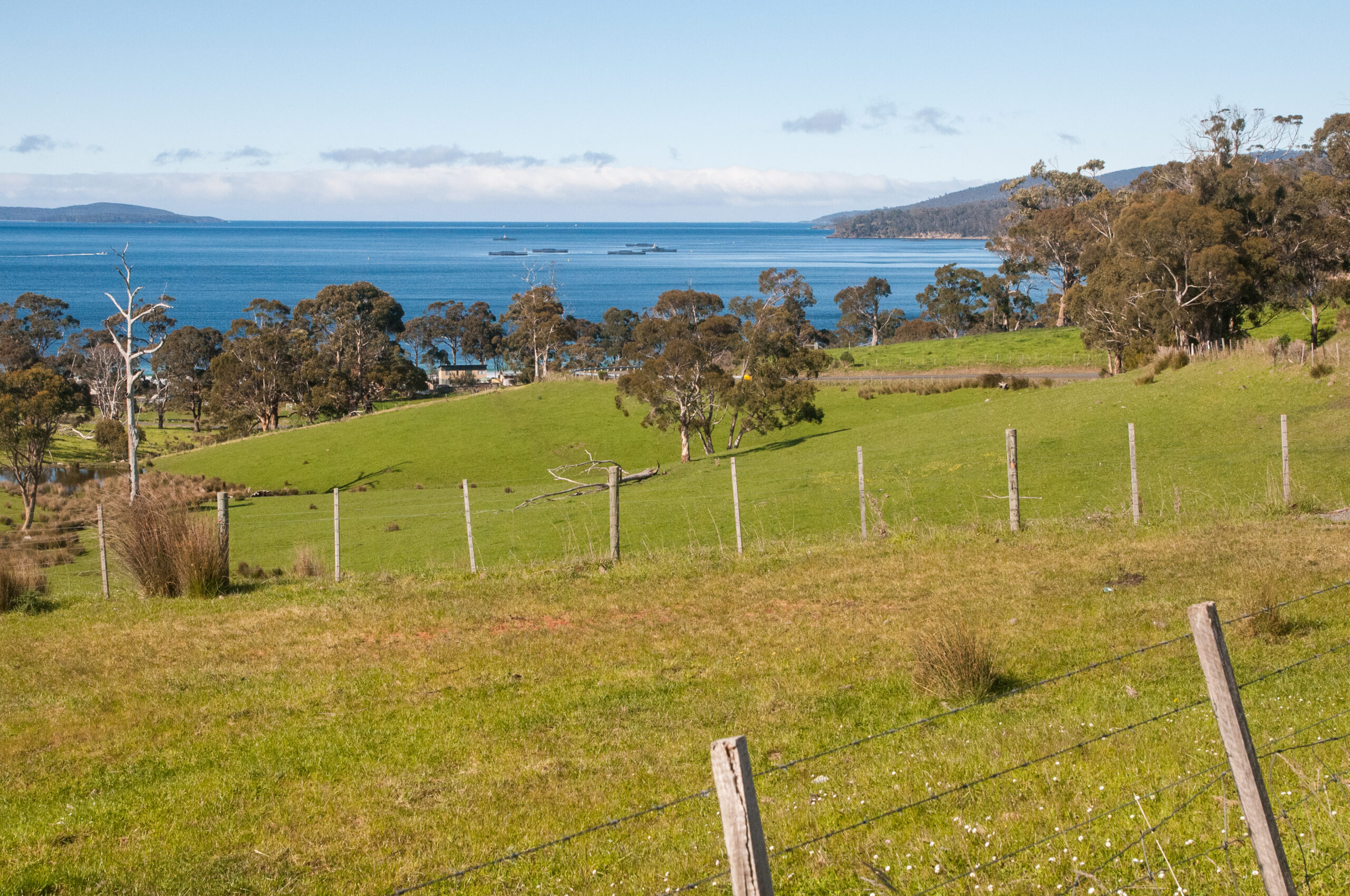
23 June, 2025 1 min Read
From farms to coasts, 18 projects are shaping the future of Southern Tasmania
Read More-MEDIA RELEASE- As Tasmania edges closer to another state election, much of the debate is focused on the economy. But…

19 June, 2025 3 min Read
Protecting Bruny Island bushland from dieback
Read MoreHOW PHOSPHITE CAN HELP PROTECT OUR BUSHLAND FROM PHYTOPHTHORA DIEBACK Phytophthora cinnamomi is a serious plant disease threatening Australia’s native…
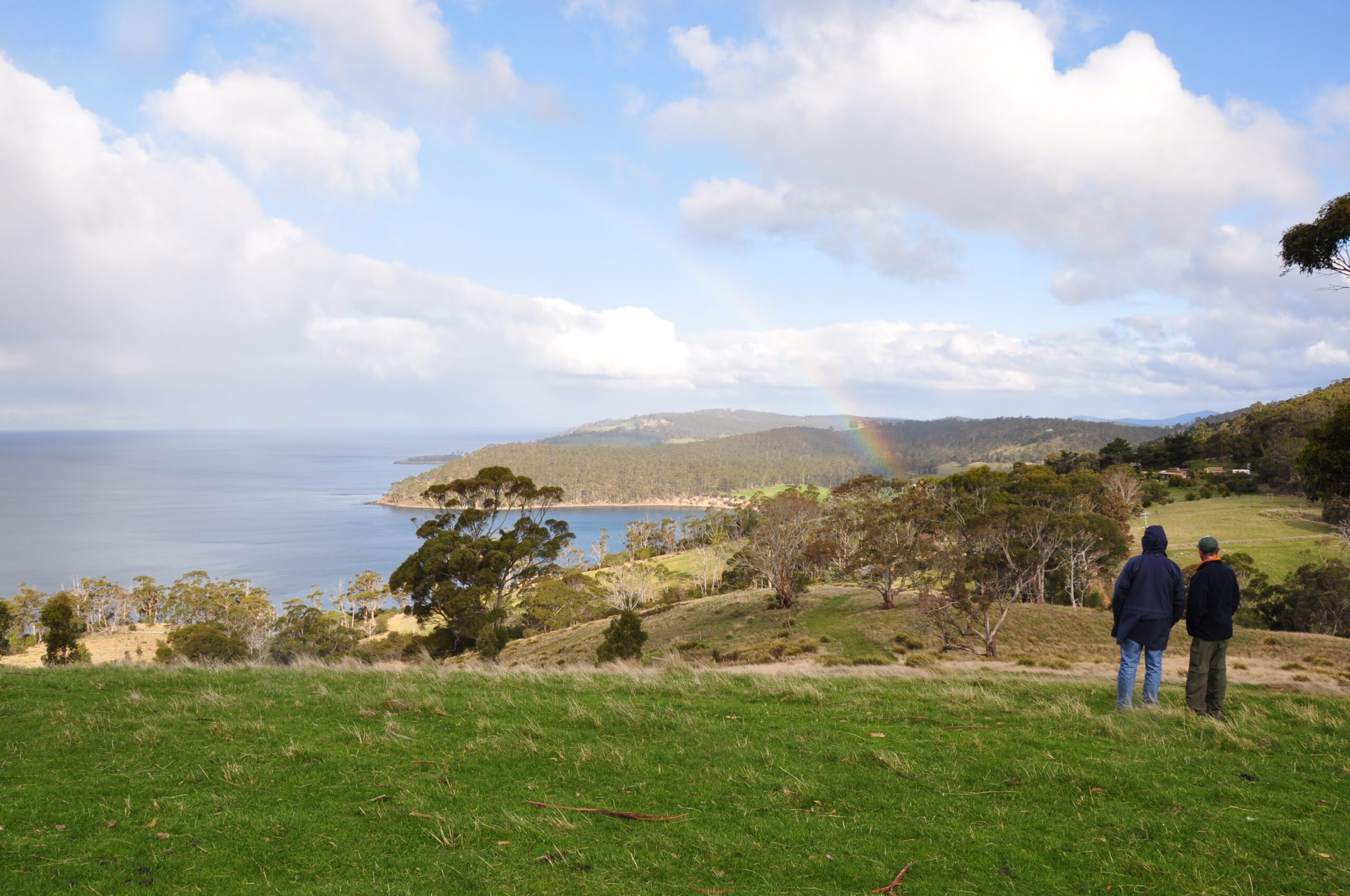
12 June, 2025 3 min Read
Top Tips for Tassie Block Owners
Read MoreIf you own or live on an acreage,you will know that managing the property for your lifestyle and the environment…
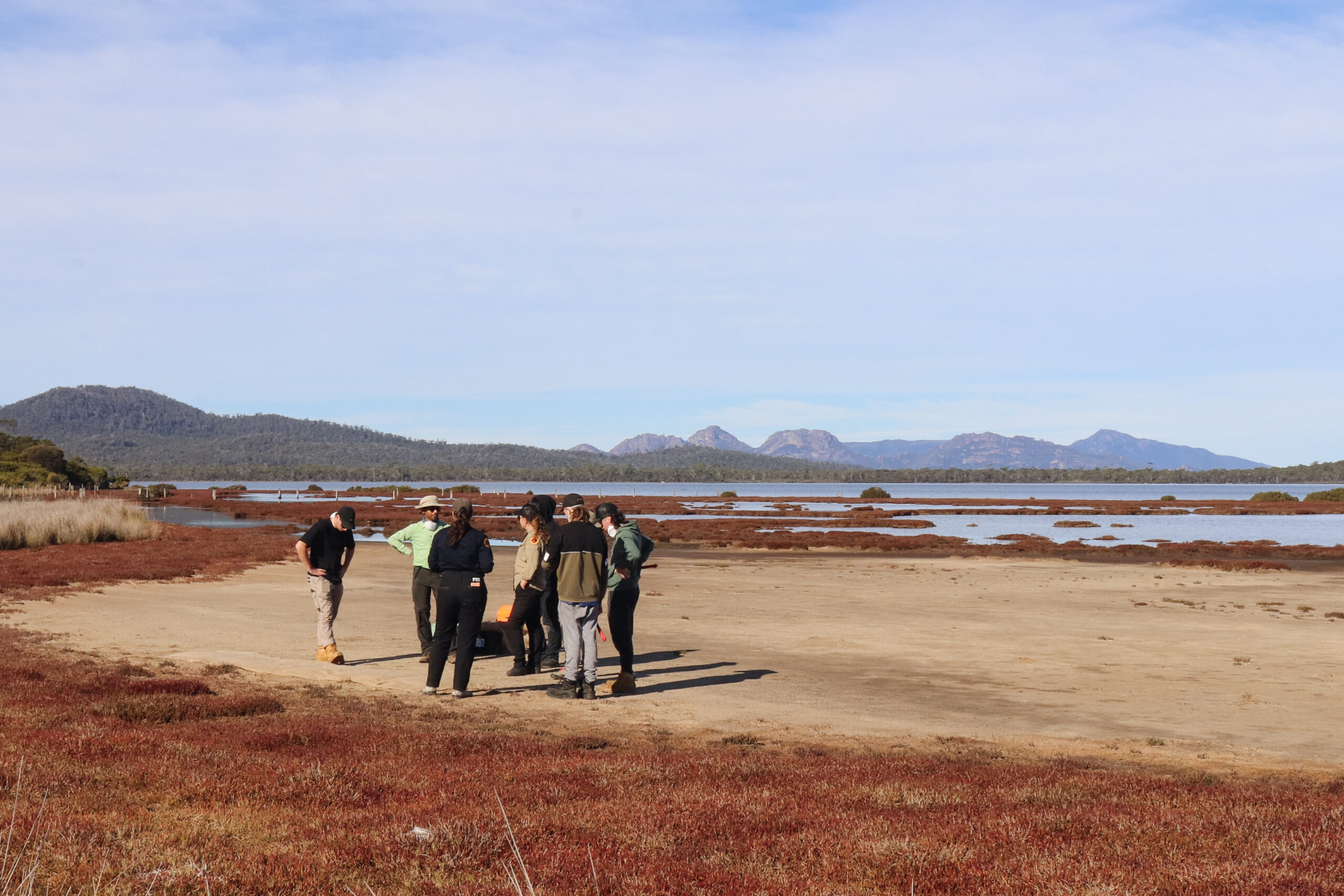
27 May, 2025 1 min Read
Getting a bird’s eye view of restoration efforts at Moulting Lagoon
Read MoreSaltmarshes are vital, but fragile systems and when they suffer damage, they can take decades to regrow. However, there are…
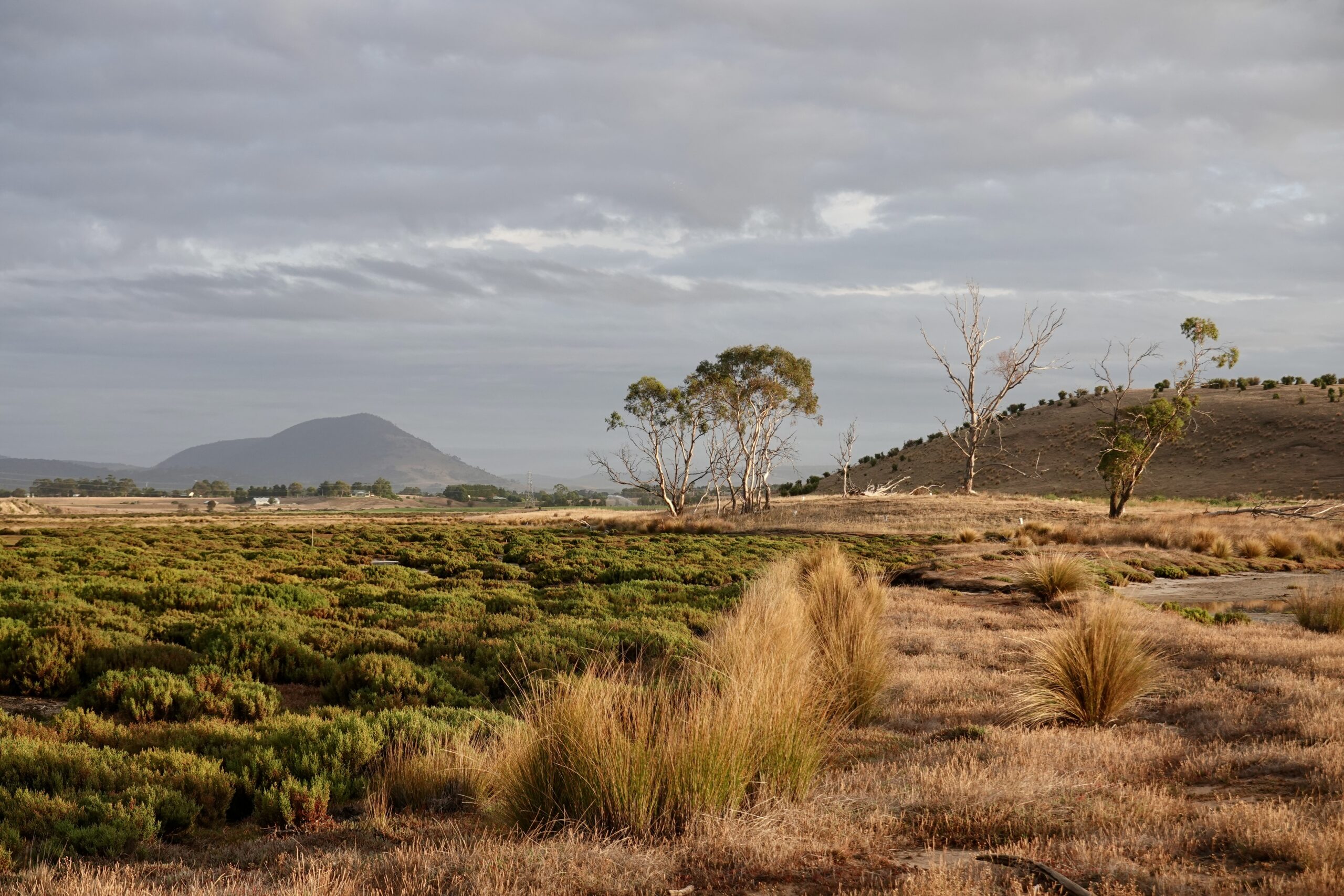
22 May, 2025 3 min Read
Wrap-up of Tasmania’s Largest Wetland Restoration Project Celebrated at Richmond Park Estate
Read More-MEDIA RELEASE- NRM South is marking the successful completion of its groundbreaking Blue Carbon Ecosystem Restoration project—returning vital tidal flows,…
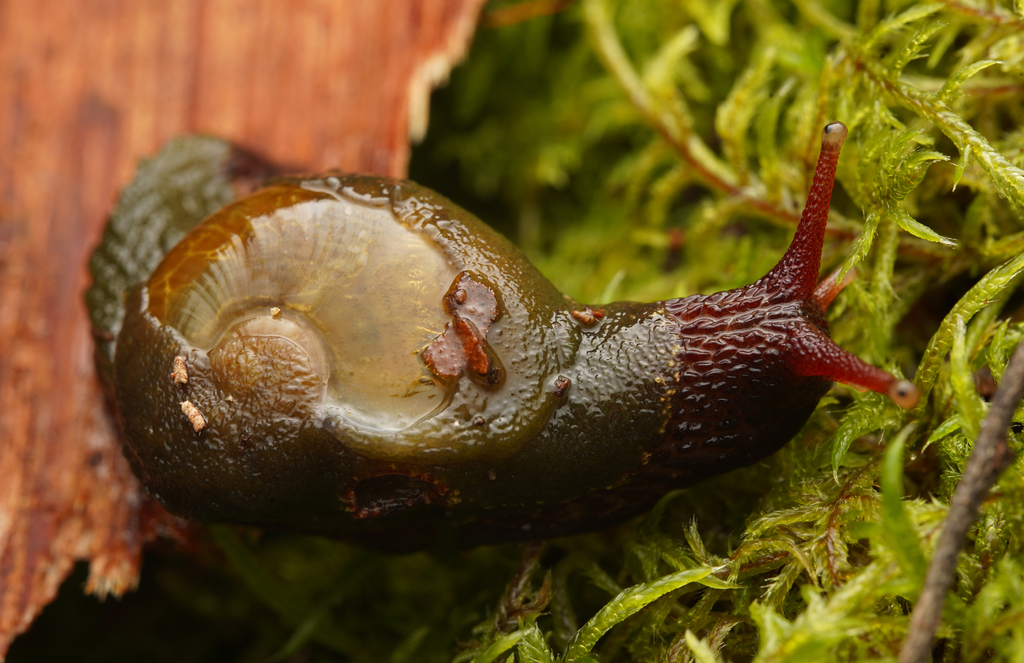
Burgundy Snail – Bruno Bell (iNaturalist CC BY-NC)
23 April, 2025 2 min Read
Welcome support for our endemic species – new partnership project announced
Read MoreNRM South was recently awarded funding for two conservation projects targeting two endemic and endangered Tasmanian species – the Burgundy…
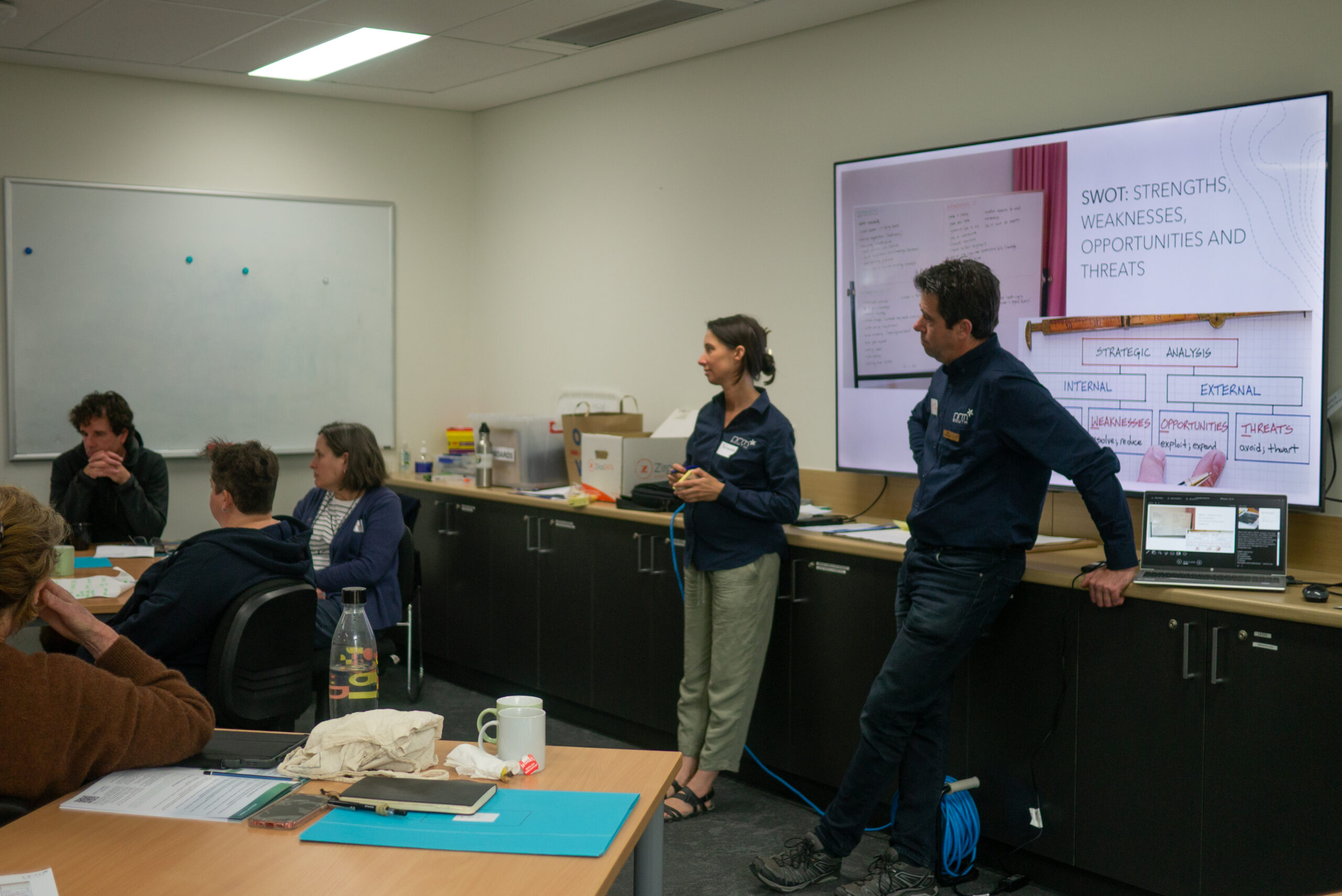
3 April, 2025 2 min Read
SAF quarterly update – March 2025
Read MoreThe Sustainable Agriculture Facilitator (SAF) role is an important point of contact for farmers, landholders, industry and community groups in…
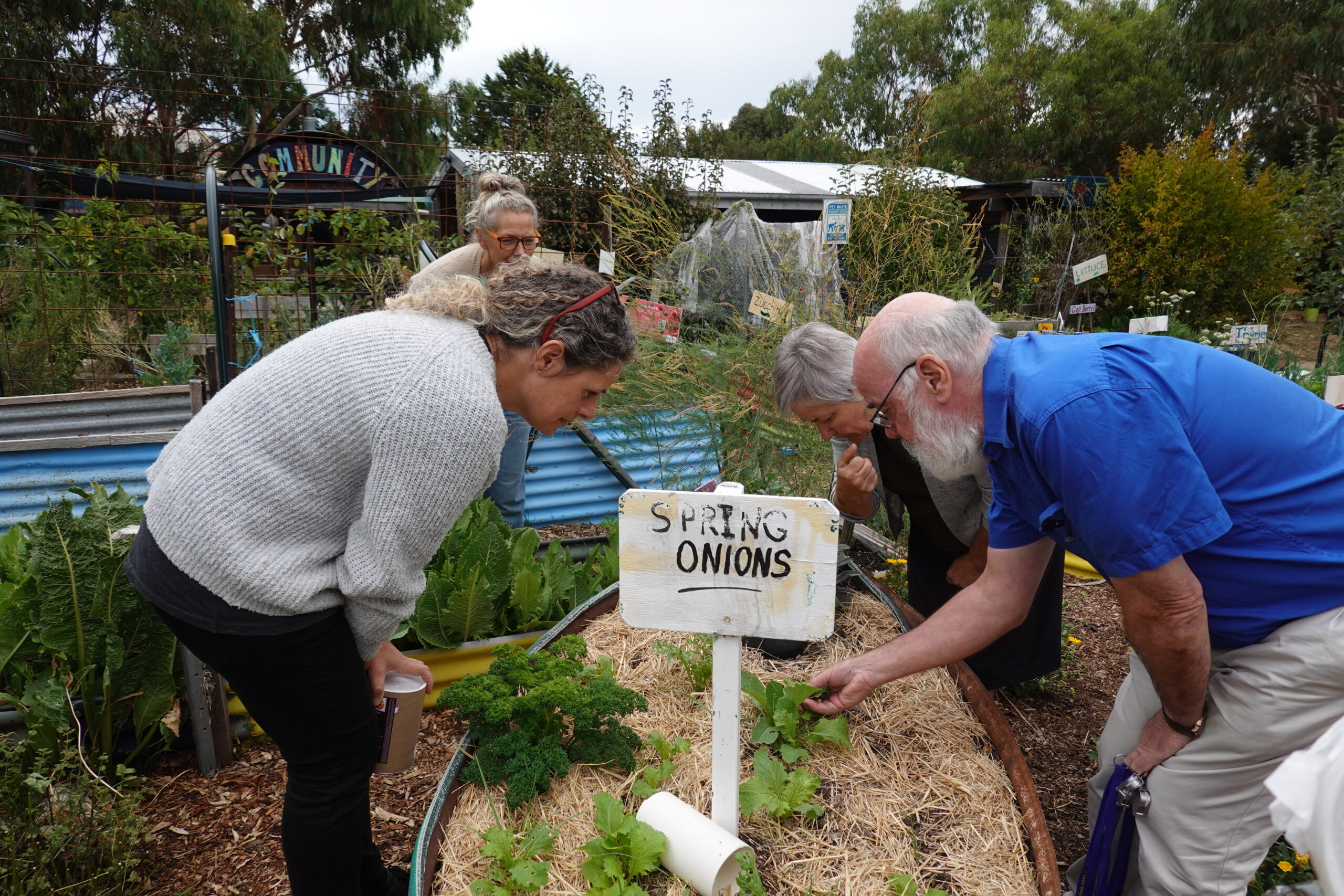
31 March, 2025 1 min Read
Boosting the good bugs
Read MoreAcross two days in March 2025, Dr Yolanda Hanusch – Sustainable Agriculture Facilitator and Senior Project Officer from our Land…

11 March, 2025 1 min Read
Baseline surveys for Bruny
Read MoreOur Biodiversity team has been out on Bruny Island carrying out baseline flora and fauna surveys on Murrayfield, in the…
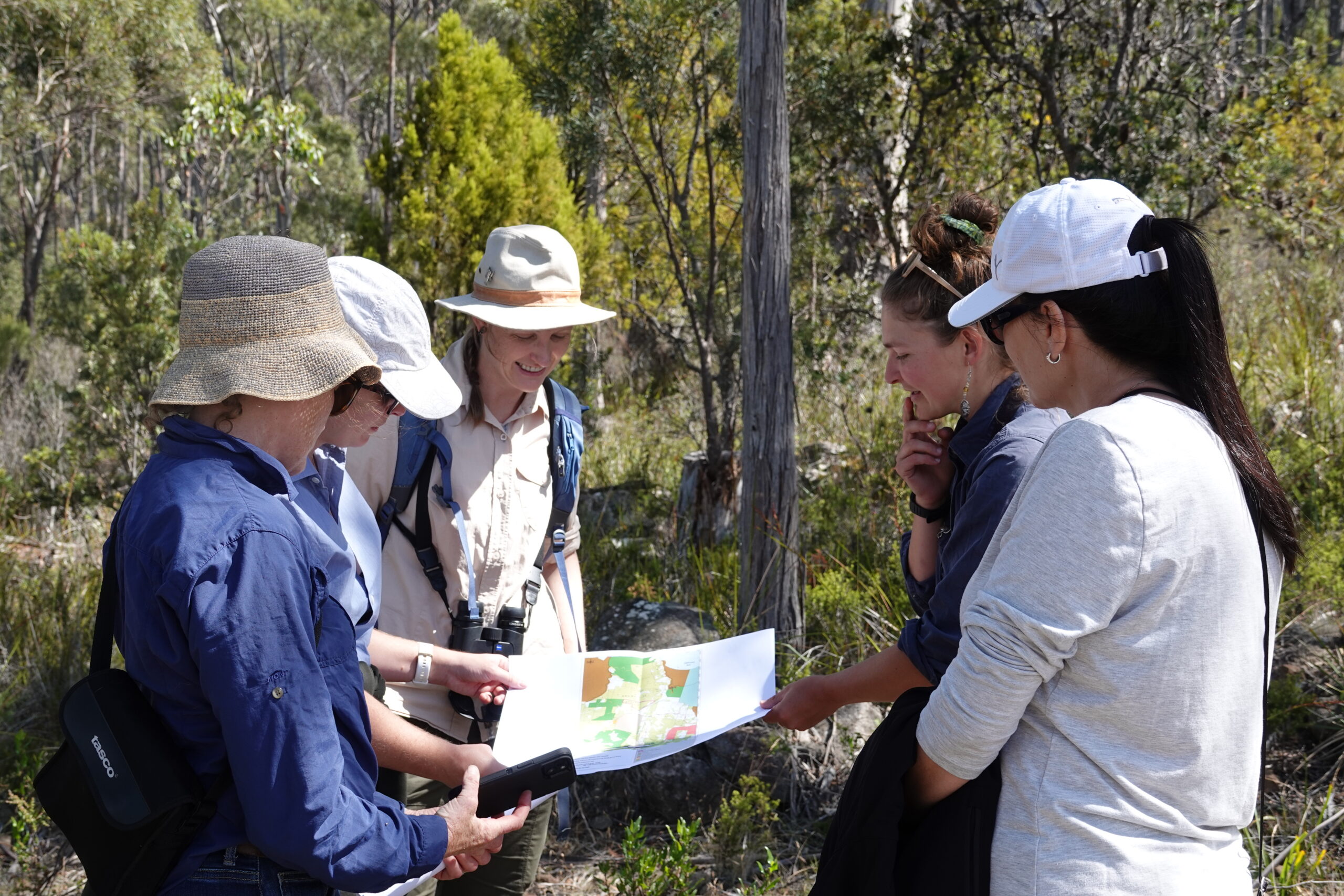
30 December, 2024 1 min Read
A 2024 wrap-up from our CEO
Read MoreGoodbye 2024, and Hello 2025! It’s been a big year, full of challenges, but the NRM South team has shown…
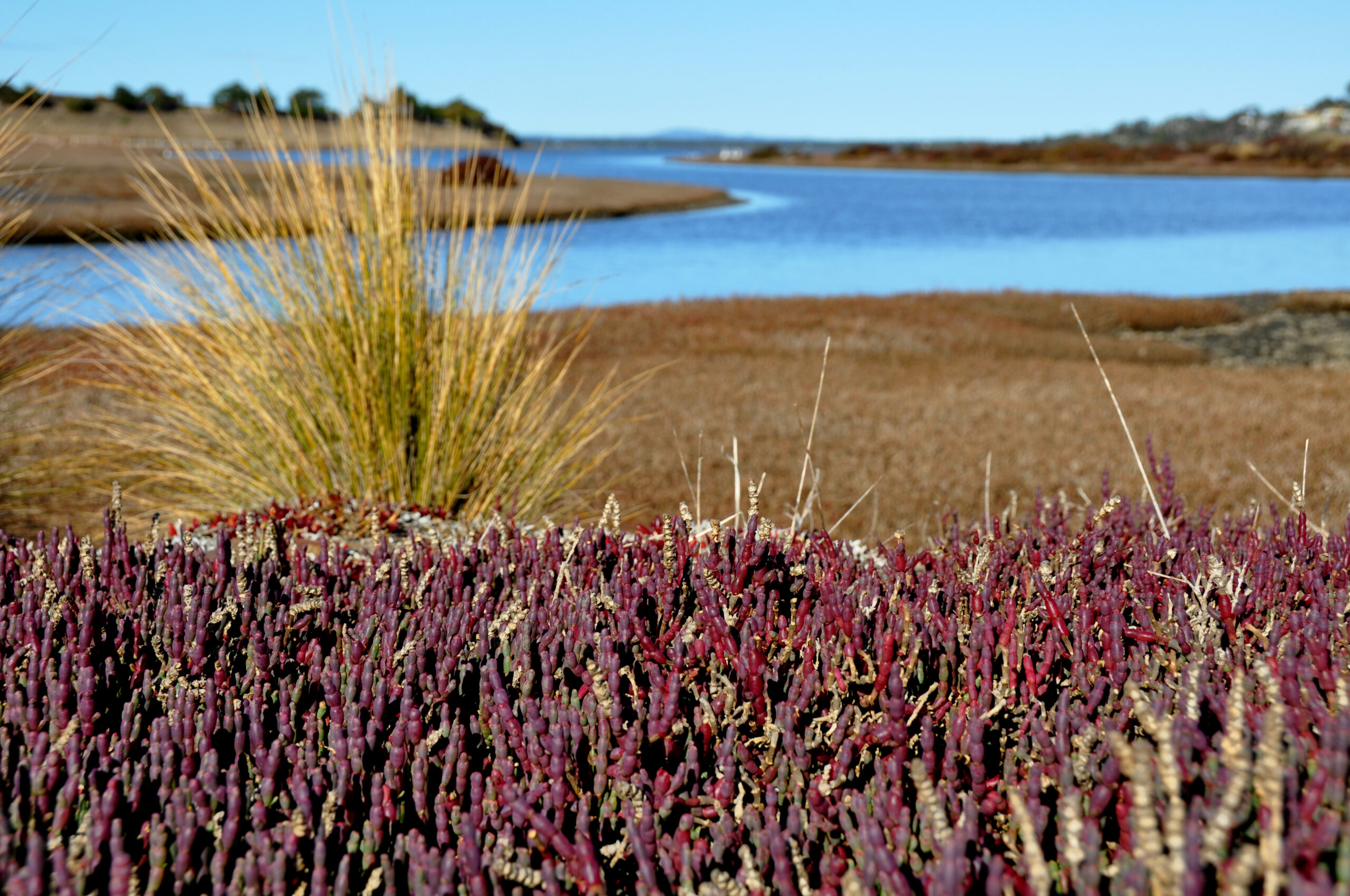
13 December, 2024 1 min Read
Rivers to Ramsar – NRM South’s new urban rivers project
Read MoreNRM South is one of 57 projects across Australia to have been successful under Round 2 of the Australian Government’s…